50% OFF Premium SEO Services | March 2025 Only
50% OFF Premium SEO Services | March 2025 Only
50% OFF Premium SEO Services | March 2025 Only
50% OFF Premium SEO Services | March 2025 Only

Get more phone calls, form fills, and subscriptions with crystal clear attribution.


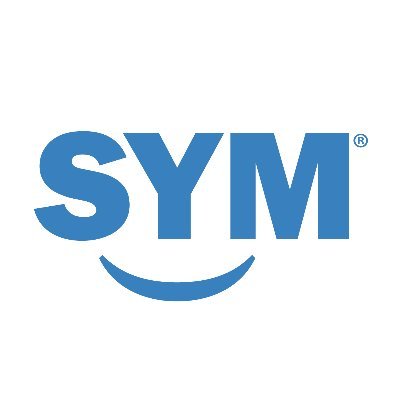

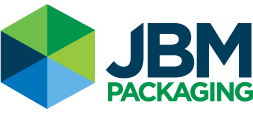

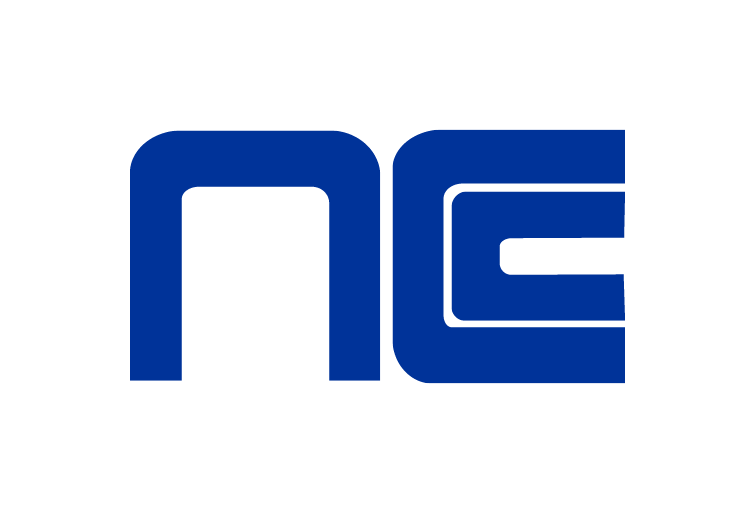
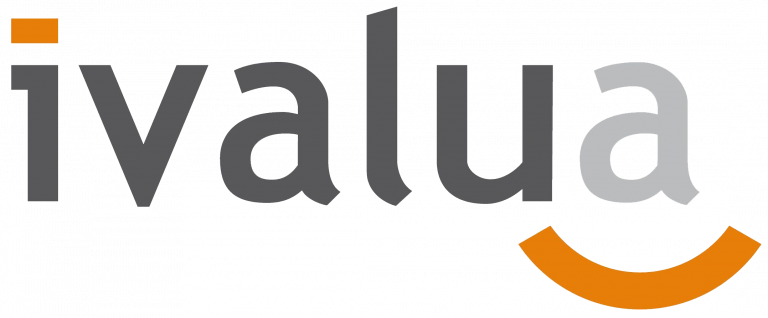

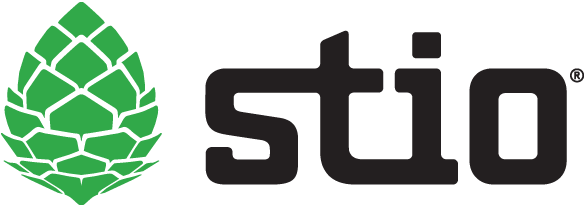




























Over the span of sixteen months, Beacon’s keywords increased by 697% and their organic site traffic increased over 400%.
Over the span of eleven months, Apeks Supercritical’s leads increased by 373% and their organic site traffic nearly tripled.
Over the span of twelve months, SellYourMac’s organic site traffic more than doubled with help from our in-depth SEO campaign.

Search engine optimization (SEO), advertising, web design, marketing campaigns, and analytics form the backbone of our marketing toolbox. With more than a decade of experience in online marketing, we’ve created our own unique strategies to build SEO campaigns that have helped many brands achieve their goals. Let us show you what your business can achieve with our expertise and knowledge at your disposal!
We do much more than merely create backlinks as many other so-called SEO companies do. Our streamlined approach maximizes your return on investment (ROI) to give your business a true competitive edge on the Internet.
At Helium SEO, we create innovative and cost-effective SEO strategies custom tailored to your company. We will help your brand become more discoverable for any potential customers. In order to accomplish this, Helium SEO will provide you with a number of services including national/international SEO campaigns, geo located SEO, conversion rate optimization, Google Ads/PPC marketing, Google analytics/phone tracking, and other marketing solutions & campaigns.

Keyword difficulty and search volume are not the alpha and omega of keyword research. Find low-hanging fruit. Get an entity SEO approach to keywords and leave the shackles of keyword difficulty and search volume behind.
One of the 4 pillars of SEO. Technical SEO covers a wide range of initiatives aimed at providing a better user experience while making it easier for Google to affordably crawl your website, no matter the size.
The science of Page Rank applies to internal links just as much as external linking. With Helium, we have precise methods of directing authority and relevance through our approach to internal links. We also can programmatically apply links using NLP and AI.
When a page struggles to rank, the solution is often found through a cannabilization audit. Helium looks at all of your SEO pages and identifies whether topical overlap is preventing a page from ranking. We then systematically redirect content, which provides a quick boost to rankings.
This isn't rocket science, but it is very important. Every page needs titles and meta descriptions that are designed to increase CTR. While keywords have an impact on SEO, we have seen that CTR is the most important optimization goal for meta and titles.
Web developers aren't SEOs and it's common for SaaS companies to have a website that needs speed improvements. While SEO impact is important, the retention of your hard earned traffic is heavily related to the speed of your website. Let's get that site humming.
Did you know that you can outrank large authorities on difficult topics through On-Page optimization? We find that the link building cost savings often pay for this type of optimization on it's own. In terms of rank importance, on-page optimization is in the top 3 of most important factors.
Links made Google famous and links continue to be a pillar of SEO, especially in a post-AI world. We build links and use NLP to identify the exact type of links and amount of links that are needed for accomplishing a SaaS SEO goal.
Whether you're a billion dollar company needing 1,000 articles as quickly as possible, or whether you're in a difficult niche with compliance and regulatory restrictions, we have the perfect blend of technology, writers, and expertise.
SEO is a game of fractional improvements sustained over time. When most competitors skimp on schema, we find that our advanced entity-based schema strategy has the ability to make our client's rank above the competition by disambiguating content for Google bots. Not only does it help with rankings, but many of the SERP features rely on schema. Not sure what this is? Inspect our homepage code.
There is a reason we rank #1 for "Entity SEO". In 2018, NLP and entities became the name of the game. We are thought leaders in this space and we use NLP and entities in our process for internal linking, schema, keyword research, link building, content writing, and everything else we do. Unsure why this is important? Google "Entity SEO" and we rank #1.

SEO has two building blocks: on-page factors and off-page factors. On-page factors are things like content, images, and videos on your site. Off-page factors are things like backlinks and social signals.
SEO is challenging for business owners because it requires technical knowledge, constant testing and continued improvements. These requirements demand two critical components of your business. The first is a good website design, and the second is a good copywriter to create content that attracts and interests users. Once you have those two things, you will still need to rank high in Google. What do you need in order to accomplish this? An SEO expert to strategically build high-quality backlinks, while simultaneously optimizing your site for relevance.
It is very difficult to get other websites to link to yours to aid in this process. Helium, your SEO expert, will demystify this process for you and help you get the backlinks you need to rank highly in Google. When you are ranked higher on google you receive more traffic to your website. So, the higher you rank on google, the more business you will get.
With an average ROAS over 300%, your search ads will have immediate revenue impact for your brand. We work with your brand to establish a keyword list that will yield the best results. In our proven system, we quickly gather data and insights within the first 14 days of your campaign so we can hit the ground running.
Consumers need 20+ touchpoints before they are ready to buy from you, which is why Helium focuses on the full picture. We establish cheap touch points in combination with highly targeted touchpoints designed to take advantage of the 20 previous ads the consumer saw. Get the right message in front of the right people at the right time.
Healthcare Niche
Home Services Niche
Ecommerce Niche
Client Leads Every Month
Helium's CTO made a custom dashboard that contains all of the campaign information. Login button is in our header menu above. For SaaS brands, you can be confident that Helium understands SaaS.
The biggest challenge for SEO campaigns is communication. You ask a technical question in a meeting and the POC says "I'll ask our expert" and you wait multiple days. With Helium, your POC is the subject matter expert. While it costs us more, our client results speak for themselves.
Forget long email chains and messages lost in slack. Helium SEO uses ClickUp to track projects. We give clients a shared link to see the dashboard for our projects so you can have confidence that the marketing work is moving forward.
SEO Campaigns often lose momentum with content reviews and content roll out. This is why Helium built a SaaS for our clients. Rate your writers, see the SEO score by author for each article, and leave feedback using the 5 metrics that matter most.
Tracking the impact of SEO is a challenge. Ad platforms like to steal the credit using last touch attribution. This is why Helium has a specific solution so you can customize the value of each touch point in the marketing funnel.
Helium SEO is parent company to Helium Interactive, an experience-focused digital design agency. Design is a critical component to the credibility, communication, and recognition of your brand. Helium Interactive is experienced in producing brand identity, photography, videography, and website design for numerous clients.


If your company is seeking more traffic online, a solid SEO strategy is critical. Our Indianapolis SEO team can help.
Our Atlanta SEO team can work with you to create an SEO plan that fits your budget and increases your online visibility.

We are a digital marketing agency building SEO campaigns and solutions to help brands achieve their goals and generate revenue. Locations we serve.